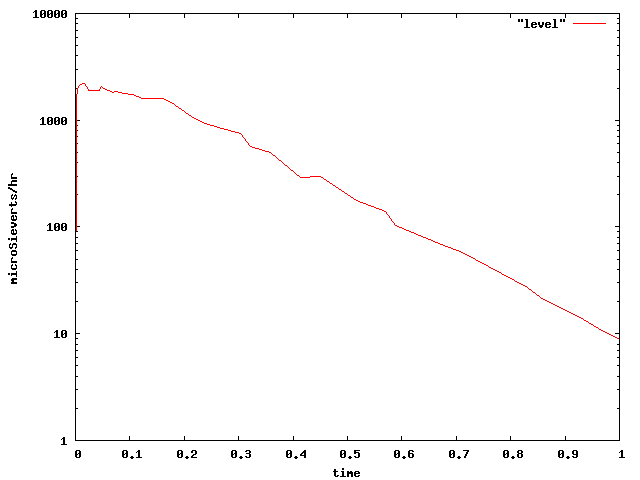A License for Geiger Counters?
In one of the stranger pieces of proposed "security" regulation, New York City is considering a bill to require licenses to possess detectors for biological, chemical or radiological attacks. The big question, of course, is why they want to do such a thing.
The rationale presented is unconvincing. The city wants to "prevent false alarms and unnecessary public concern by making sure that we know where these detectors are located and that they conform to standards of quality and reliability." Of course, restricting them is also a good way to prevent necessary public concern, though perhaps that latter could be more easily accomplished by regulating the Internet and assorted forms of mass media. Unconstitutional? Sure — but I’m not at all convinced that this idea would pass muster, either.
It’s not going to be light-weight regulation:
The Police Department would work with officials in the Departments of Fire, Health and Mental Hygiene and Environmental Protection, Dr. Falkenrath said, to "develop the appropriate standards for evaluating the applications, regarding not only the technical specifications for the detectors but also the applicant’s emergency response protocols."In other words, you need to have a suitable plan for what you’ll do if you detect something. Devising such plans will be time-consuming for would-be owners; evaluating them — and re-evaluating the ones that failed to pass muster, and keeping up with ever-changing technology of such devices — is going to keep the Police Department far too busy.
I suspect the bill will pass. It was proposed by the mayor’s office, and has the support of the City Council leadership. There is opposition, but it’s not the sort of issue to garner much public attention.
Now, there can be false alarms; in particular, there can be anomalous radiation detected that does not indicate any threat. But restricting possession of detectors won’t stop that; note that the detector here was a security guard’s. That phenomenon — a patient treated with a radioisotope setting off detectors — is sufficiently well known that doctors give patients notes to carry.
I had such treatment a few years ago, and was given such a note. (Well, the hospital I went to is less than 6 kilometers from where the incident I linked to took place, so they were undoubtedly very aware of the problem…) It’s an interesting exercise to consider what to do if a detector goes off. Imagine — I’m in New York Penn Station (and my daily commute goes through there), a police officer’s belt-worn scintillation detector goes off, and I’m stopped. The last thing I want to do is suddenly reach for my wallet.
Of course, the police have an equal problem. Do they blithely believe the information on the paper I’d show them? Do they call the phone number on it? The right answer is to look at the name of the facility where I was treated, independently check its number, and then call. Of course, that assumes that they can verify that it’s really a legitimate medical facility, and that they have some way to authenticate themselves to the facility to obtain confidential information about a patient…
It’s good that that law wasn’t in effect back then. You see, I borrowed a friend’s Geiger counter and tracked my radiation level over time…

